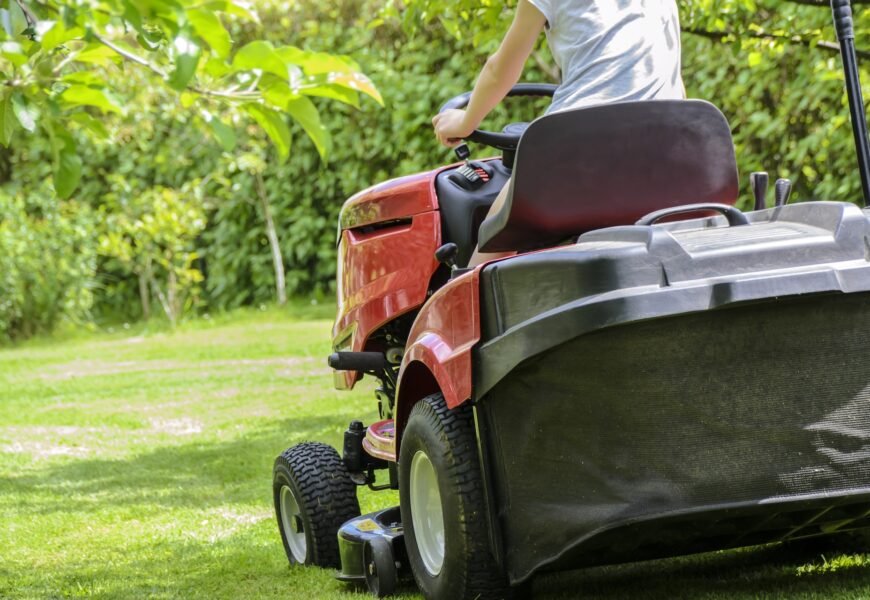A lush, vibrant lawn is a hallmark of a well-cared-for home, creating a welcoming outdoor space for relaxation and recreation. Achieving and maintaining a healthy lawn requires more than sporadic efforts – it demands a systematic and informed approach to lawn care. This comprehensive guide is designed to provide valuable insights and practical tips for successful lawn care, covering essential aspects from soil health and watering practices to mowing techniques and pest management.
I. Understanding Your Lawn:
- Grass Type Identification: Begin by identifying the type of grass in your lawn. Different grass varieties have distinct care requirements, and understanding your grass type is fundamental to providing tailored care.
- Soil Health Assessment: Conduct a soil health assessment by testing its composition and pH levels. Soil testing aids in determining the specific nutrient needs of your lawn, facilitating a targeted and effective fertilization strategy.
II. Preparation and Maintenance:
- Aeration for Vitality: Prioritize lawn aeration to alleviate soil compaction, allowing for improved air, water, and nutrient penetration. Aeration contributes to healthier root systems and overall turf vigor.
- Overseeding for Density: Enhance the density of your lawn by incorporating overseeding practices. Introducing new grass seed helps fill in sparse areas, combat weed growth, and promote a consistently lush turf.
III. Proper Watering Practices:
- Deep and Infrequent Watering: Opt for deep and infrequent watering rather than frequent, shallow irrigation. This encourages deep root growth, making your lawn more resilient to drought conditions.
- Morning Watering Routine: Schedule watering sessions in the early morning to minimize evaporation and reduce the risk of fungal diseases. Morning watering also allows the grass to dry before evening, preventing disease development.
IV. Mowing Techniques:
- Optimal Mowing Height: Adjust your mower to the appropriate cutting height for your grass type. Cutting too short stresses the grass, making it susceptible to diseases and weed infestation.
- Adherence to the One-Third Rule: Follow the one-third rule while mowing—never remove more than one-third of the grass blade in a single session. This promotes healthier grass and minimizes stress on the lawn.
V. Fertilization Strategies:
- Strategic Seasonal Fertilization: Implement a strategic seasonal fertilization schedule based on your lawn’s needs. Fertilize during spring and fall for optimal growth and winter preparation.
- Organic Amendments for Soil Enrichment: Enhance soil health by incorporating organic amendments like compost. Organic matter improves soil structure, water retention, and nutrient availability.
VI. Weed Control Measures:
- Proactive Weed Prevention: Adopt proactive measures for weed control, including regular mowing, proper fertilization, and maintaining a dense, healthy lawn that naturally resists weed invasion.
- Targeted Weed Treatment: Address weeds promptly with targeted treatments. Utilize herbicides or natural alternatives to focus on specific weed species without harming the surrounding grass.
VII. Pest Management Strategies:
- Regular Pest Inspection: Regularly inspect your lawn for signs of pests. Identify common lawn pests, such as grubs or chinch bugs, and monitor their populations.
- Encourage Natural Predators: Foster a balanced ecosystem by encouraging natural predators and beneficial insects. Ladybugs, nematodes, and birds contribute to a healthy lawn environment.
VIII. Seasonal Considerations:
- Fall Cleanup Ritual: Engage in a thorough fall cleanup by removing leaves, debris, and thatch. This prevents disease development and prepares the lawn for winter dormancy.
- Winter Protection Measures: Implement winter protection measures, such as overseeding, applying winterizing fertilizer, and ensuring proper lawn drainage to safeguard the grass during colder months.
Conclusion:
Creating and maintaining a beautiful, thriving lawn is an art that requires dedication, knowledge, and a systematic approach. By incorporating the comprehensive guide provided above, you can transform your lawn into a lush canvas of greenery, enhancing the beauty of your home and providing a serene outdoor retreat. Embrace the art of greenery, and let your well-cared-for lawn stand as a testament to your commitment to creating a welcoming and visually stunning living space.
















